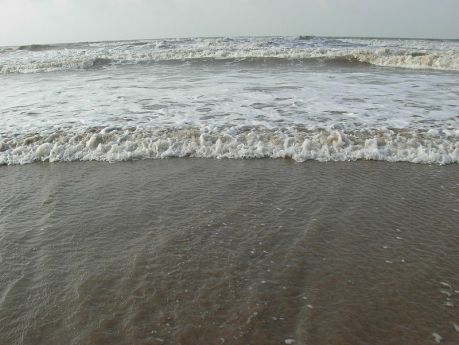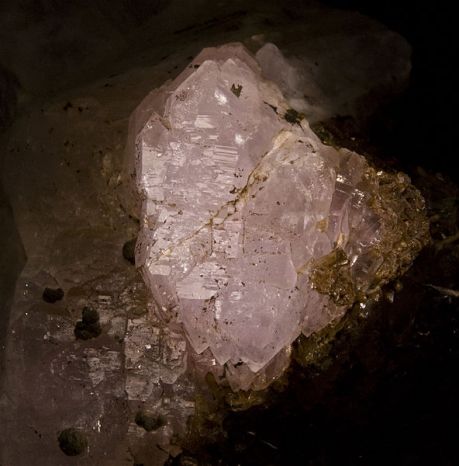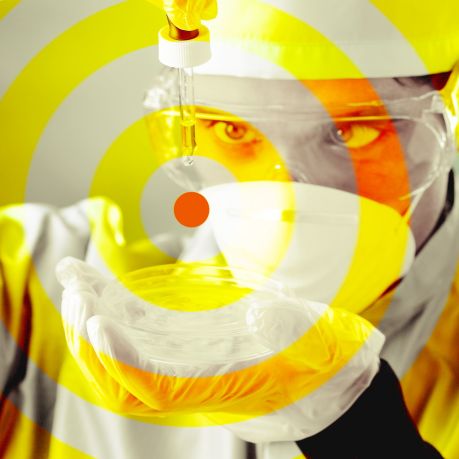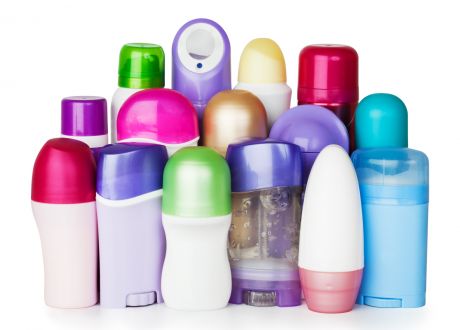Researchers have combined sugar alcohols with carbon nanotubes to create a material capable of storing renewable energy as heat.
The EU-funded XP-DITE project is trialling the world’s first security system that could halve security time at airports by combining EU and US checkpoints into a single checkpoint.
With the use of affordable, low-tech femtocells, the EU-funded TUCAN3G project is bringing 3G connection to the otherwise unconnected regions of the world.
With fresh insights into navigational behavioural, the EU-funded ANT NAVIGATION project brings us a step closer to the next generation of neuroscience breakthroughs.
To address the evolving cybersecurity threat, the EU-funded SHARCS and PQCRYPTO projects are developing the security paradigms, architectures and software needed to ensure our ICT systems are secure and trustworthy.
What can software designers and ICT specialists learn from maggots? Quite a lot, it would appear. Through understanding how complex learning processes in simple organisms work, EU-funded scientists hope to usher in an era of self-learning robots and predictive computing.
Research aided by the DELICAT project has highlighted how turbulence can be detected in a much faster and more efficient way, using data already routinely broadcast by commercial airlines.
A team of US and Israeli researchers, partly funded by the EU, have developed a truly pioneering cinema screen that can show 3D films without the need for glasses.
A ground breaking EU project has delivered a cloud-based platform along with a range of apps and tools to help get European cities moving sustainably.
Completed in April 2016, the BIO4MAP project is now bringing a new type of sustainable food packaging to the market. The consortium promises a significant increase in shelf life for fresh pasta and cheese, a cost 25 % lower than alternatives, and an environmental and carbon footprint reduced by up to 29 %.
EU researchers believe these new, innovative qubits could serve as the information units for the quantum computers of the future.
Tragic events such as the recent Brussels Airport bombing have enlightened the need for stronger security measures and improved technologies. This is one of the applications the MIRPHAB project team had in mind, as they unveiled a chemical sensor capable of detecting the likes of drugs and explosives from a distance of 30m.

An EU-funded project has unveiled an innovative and competitive waterborne transport solution with zero emissions. It is opening up new possibilities for efficient electrically propelled vessels.

The introduction of electric vehicles (EVs) offers many environmental benefits, yet they cannot cover great distances. An EU-funded project addressed this challenge by developing cheaper and safer lithium-ion (Li-ion) batteries with energy densities approaching 200 Wh/kg.

To adequately harness the energy of waves, it is necessary to cost-effectively and safely attach or anchor wave energy converters (WECs) to the seabed. New anchoring and mooring solutions will reduce the costs associated with station-keeping, which currently accounts for a considerable amount of converter production costs.

An EU initiative developed a complete on-site wind turbine repair package to limit downtime caused by turbine damage.

An EU team worked to enable the production of quartz with zero or very low toxicity, suppressing any possibility of contracting respiratory diseases.

Researchers have tested the toxicity of new and degraded nanomaterials to better understand how to keep these ubiquitous structures from harming humans and the environment.

Emergence of electric aircraft has made thermal control and heat rejection more challenging than ever. EU researchers have unveiled a passive thermal management solution that significantly reduces the temperature of equipment inside electric aircraft.

A consortium of partners from different fields and continents has helped launch new architecture and infrastructure software for Building Information Modelling.

An EU team has devised a new system for cleaning hospital floors. Utilising new mop fabrics combined with ultraviolet (UV) sterilisation, the system achieves 100 % microbe removal and produces no chemical or other waste.

EU researchers have developed new methods for efficiently converting liquid fuels such as diesel or biodiesel into hydrogen. Refinements promise cost-effective, decentralised hydrogen production with the potential to transform fuel production and distribution across the EU.

EU scientists addressed important problems that currently hinder complete integration of active nanophotonic devices on chips using plasmonics and a new combination of materials.

In the framework of the European Clean Sky Joint Technology Initiative (JTI), researchers developed numerical models to assess drag reduction on the tiltrotor main body as per aerodynamic shape optimization on some critical fuselage components and validated the predictions with wind tunnel tests.

An EU project has developed ways to incorporate preservatives into cosmetic packaging to reduce preservatives used in the cosmetics themselves.












